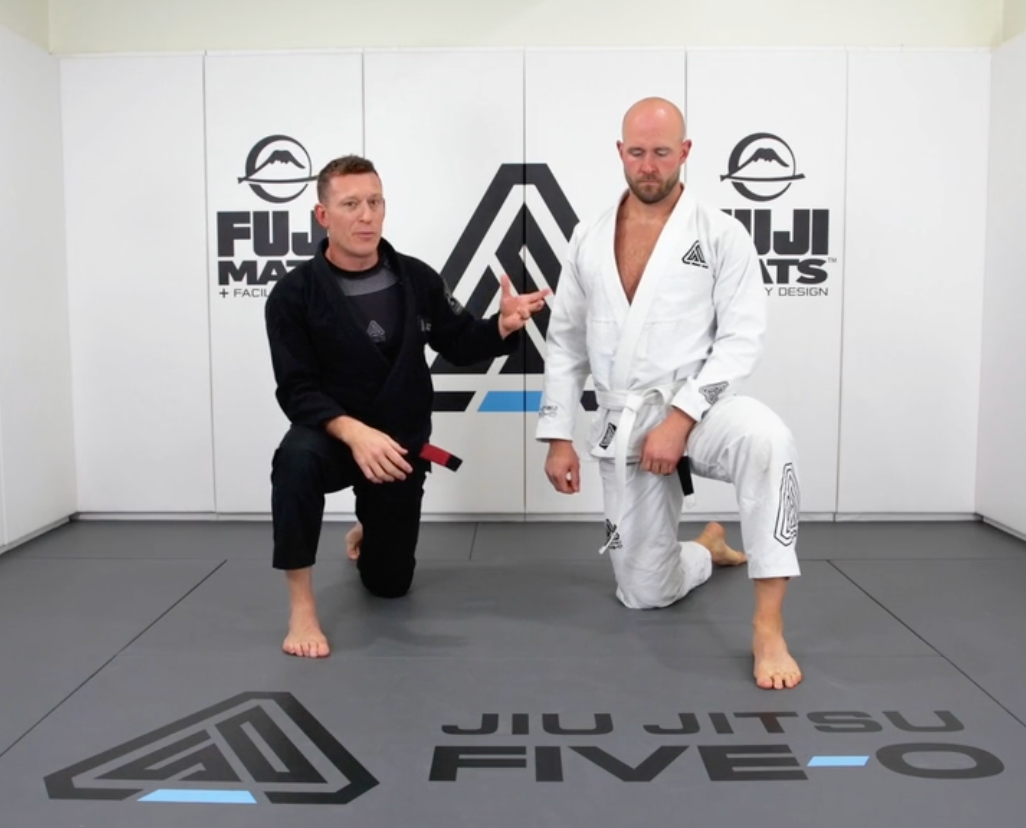Why Understanding the Fundamentals of Jiu Jitsu is Essential for Police Officers

When it comes to Jiu Jitsu, learning the fundamentals is key to long-term success—especially for police officers. In fact, understanding core concepts like positioning, leverage, and control can make all the difference when you need to use those skills in high-pressure, real-world situations.
However, many people skip over the basics in favor of flashy techniques. While those may look cool, they’re only effective if you’ve built a strong foundation. For police officers, whose lives (and the lives of others) may depend on their ability to control a situation quickly and effectively, focusing on the fundamentals is essential.
Key Jiu Jitsu Concepts and Why They Matter for Cops
1. Position Before Submission
In any encounter, whether on the mats or on the street, maintaining control is your top priority. Jiu Jitsu teaches the concept of "position before submission," which means you need to secure a dominant position before you attempt any submission or restraint. This concept is vital for police officers who may need to control a suspect without causing harm. If you’re in the right position, you’ll be able to control the situation effectively while keeping yourself safe.
2. Leverage Over Strength
One of the best parts of Jiu Jitsu is that it doesn’t require brute strength. Leverage allows a smaller person to control a larger, stronger opponent using proper body mechanics. For officers, this is a game-changer. Rather than relying on physical force, you can use leverage to de-escalate a situation, apply a controlled restraint, or defend yourself against an attack. It’s smarter, safer, and more efficient.

3. Space and Distance Management
Understanding how to manage space and distance is crucial in both Jiu Jitsu and police work. In a physical encounter, keeping the right amount of distance can prevent an attack or help you gain control. Knowing when to close the gap and when to create space is a core concept that can protect officers from strikes or unexpected attacks.
4. Escapes and Transitions
As an officer, there’s always the possibility that you may find yourself in a compromised position. This is where understanding escapes becomes crucial. Jiu Jitsu emphasizes the ability to transition between positions and escape bad situations quickly. The faster and more effectively you can escape from a vulnerable position, the safer you’ll be on the job.
How the Jiu Jitsu Five-O App Can Help You Master the Fundamentals
If you’re a police officer looking to improve your Jiu Jitsu skills or start learning, the Jiu Jitsu Five-O app has you covered with our BJJ Fundamentals Series. This series focuses specifically on the core concepts mentioned above—positioning, leverage, control, and escapes—making it easier for you to build a strong foundation.
Our mobile training app is designed to fit your schedule, offering:
- Short, focused technique videos that break down each BJJ fundamental concept step-by-step.
- Real-world scenarios that show how these concepts can be applied in the field, giving you practical tools you can use on the job.
- On-demand access so you can train anywhere, anytime, whether you have 10 minutes between shifts or time for a longer session.
Understanding the fundamentals of Jiu Jitsu isn’t just about getting better on the mats—it’s also about improving your effectiveness, safety, and confidence on the job. Concepts like leverage, positioning, and control are critical tools that can help you better control uncooperative people and protect yourself on the street.
Ready to start building your foundation? Download the Jiu Jitsu Five-O app and dive into our BJJ Fundamentals Series today. Whether you’re new to Jiu Jitsu or looking to sharpen your skills, this series will help you develop the techniques you need to stay safe on the streets.



